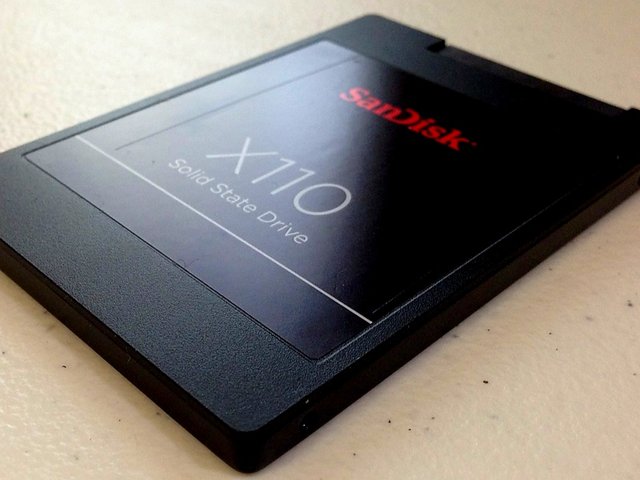Signs that your SSD is about to fail
Indications that your SSD might be failing. While SSDs are generally quicker, more reliable, and more energy-efficient compared to HDDs, they are not immune to failure and may break down before their expected lifespan of 5-7 years.

Photo: Pixabay
The smartest thing to do is to be prepared for a failure, which may surprise you eventually. If you know when your SSD might fail and how to protect yourself, you can avoid SSD problems and prevent loss of data and time.
How does an SSD fail?
Unlike regular HDDs—mechanical hard drives, SSDs have no moving parts, so they are resistant to the issues that plagued hard drives in the past. However, other components of SSDs can fail.
SSDs require capacitors and power supplies, which can fail, especially during power surges or outages. In fact, during a power outage, SSDs can corrupt written data even if the SSD itself hasn’t fully failed.
Another drawback of SSDs is their finite number of write and read cycles, a limitation shared by all types of flash memory.
Despite all this, SSDs can last many years, so there’s no need to worry or be paranoid. If you bought an SSD in the last two years, studies show that they are less prone to write/read cycle problems compared to older models.
Write/read cycles, however, may impact your ability to write to the SSD. You will still be able to read data from the drive, allowing for data recovery. Even so, it's important to be aware of when your SSD is approaching the end of its lifespan to plan for an upgrade.
Checking the health of your SSD
Unlike HDDs, SSDs don’t produce any noise when they start to fail. The easiest way to determine if your SSD is functioning properly is by using diagnostic software to check for errors. Windows users are recommended to try CrystalDiskMark, and macOS users can use Smart Reporter Lite.
Here are some warning signs that there is a problem with your SSD and what you can do about it:
- Warning signs that your SSD is nearing failure
- Bad block errors Symptoms of SSD issues:
- Unable to read or write a file
- System files need repair
- Active programs freeze or crash
- Error messages during file transfers
- Slowdown, especially when accessing large files
- Unable to read or write files There are two ways bad blocks can affect your files:
- The system detects a bad block during data writing and refuses to write.
- The system detects a bad block after the data has been written and refuses to read it.
- System files need repair Sometimes, an error message may appear if your computer wasn’t shut down properly. In other cases, this could be a sign that the SSD is developing bad blocks, and system files are failing.
- Frequent crashes during boot If your computer frequently crashes during the boot process but works fine after a few resets, your SSD might be the cause. This could indicate bad blocks or that the drive is dying, so backing up your data is advisable.
- The drive becomes read-only Although rare, some users report their SSDs refusing to write but still being able to read data. The drive may appear dead, but you can still attempt to recover the data.
How to prolong the life of your SSD
If your SSD is nearing failure or has been in use for more than 6 years, it’s a good idea to look for a replacement. Meanwhile, you can do the following to extend its lifespan:
- Avoid extreme temperatures and ensure proper cooling for your computer.
- Protect the SSD from power outages and electrical surges.
- Free up space on the SSD so it can relocate data from bad blocks.
💰 TRX: TDLzbmw7YnHybCWA3B4KrHH2TbvU6QcBoG